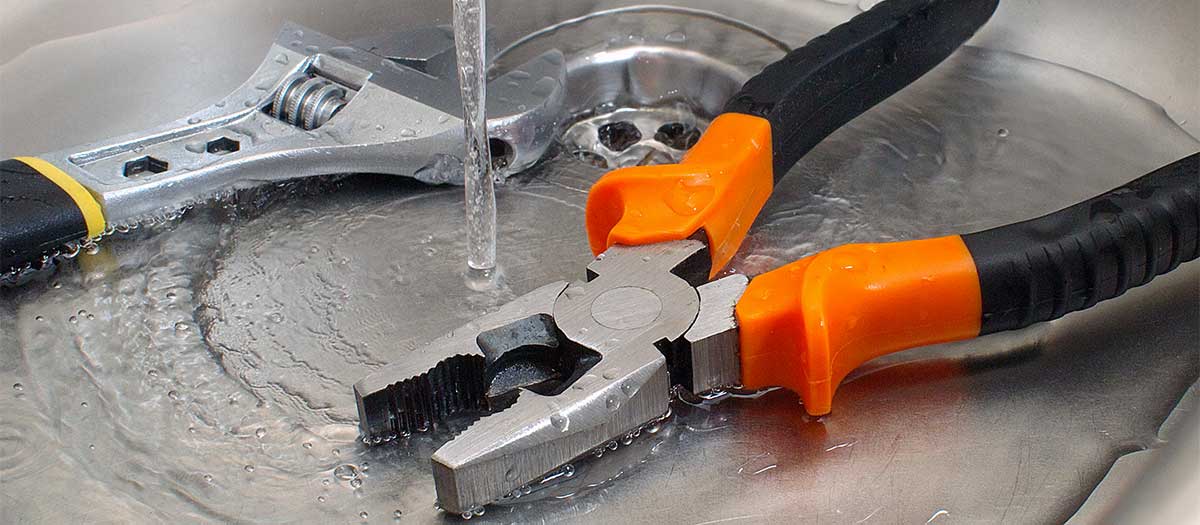6 Ways to Locate Hidden Water Leaks in Your House
6 Ways to Locate Hidden Water Leaks in Your House
Blog Article
Were you in search of know-how about Leaking water lines?

Early detection of dripping water lines can mitigate a prospective calamity. Aside from conserving you cash, it will minimize the aggravation as well as frustration. The moment you discover a leakage, calling your plumber for repairs is the very best remedy. Some little water leaks may not be noticeable. If you can not detect it with your naked eyes, right here are some hacks that aid.
1. Analyze the Water Meter
Every house has a water meter. Checking it is a guaranteed way that helps you find leaks. For starters, switch off all the water sources. Ensure no one will flush, utilize the faucet, shower, run the washing maker or dish washer. From there, most likely to the meter and watch if it will change. Because no one is using it, there should be no movements. If it moves, that indicates a fast-moving leak. Likewise, if you spot no changes, wait an hour or two and also examine back once more. This means you might have a slow-moving leakage that might even be underground.
2. Inspect Water Consumption
If you find abrupt modifications, despite your usage being the exact same, it means that you have leakages in your plumbing system. A sudden spike in your costs indicates a fast-moving leakage.
On the other hand, a steady rise monthly, despite having the same practices, reveals you have a sluggish leak that's likewise gradually escalating. Call a plumber to completely examine your home, especially if you feel a warm location on your floor with piping below.
3. Do a Food Coloring Examination
When it involves water consumption, 30% comes from bathrooms. Test to see if they are running appropriately. Decline flecks of food color in the storage tank as well as wait 10 mins. If the color somehow infiltrates your dish throughout that time without flushing, there's a leakage in between the tank and bowl.
4. Asses Exterior Lines
Don't fail to remember to inspect your outside water lines as well. Test spigots by connecting a garden pipe. Must water leak out of the link, you have a loose rubber gasket. Replace this and also ensure all connections are limited. It will certainly assist get it professionally examined and maintained annually if you have actually obtained a sprinkler system. One small leak can throw away lots of water as well as surge your water bill.
5. Analyze the scenario as well as examine
Property owners ought to make it a routine to examine under the sink counters and also even inside closets for any type of bad odor or mold and mildew development. These two warnings indicate a leakage so timely focus is needed. Doing routine examinations, even bi-annually, can conserve you from a significant problem.
If you recognize your home is currently old, keep a careful eye on your heaters, pipes, pipes etc. Look for discolorations and also weakening as a lot of appliances as well as pipelines have a life expectancy. They will certainly additionally naturally degrade as a result of tear as well as put on. If you believe leaking water lines in your plumbing system, do not wait on it to intensify. Call a professional plumber right now so you do not end up with a dreadful mess in your home.
Early detection of leaking water lines can alleviate a possible disaster. Some tiny water leaks may not be visible. Checking it is a surefire way that helps you discover leaks. One tiny leak can squander lots of water as well as increase your water costs.
If you believe dripping water lines in your plumbing system, do not wait for it to rise.
WARNING SIGNS OF WATER LEAKAGE BEHIND THE WALL
PERSISTENT MUSTY ODORS
As water slowly drips from a leaky pipe inside the wall, flooring and sheetrock stay damp and develop an odor similar to wet cardboard. It generates a musty smell that can help you find hidden leaks.
MOLD IN UNUSUAL AREAS
Mold usually grows in wet areas like kitchens, baths and laundry rooms. If you spot the stuff on walls or baseboards in other rooms of the house, it’s a good indicator of undetected water leaks.
STAINS THAT GROW
When mold thrives around a leaky pipe, it sometimes takes hold on the inside surface of the affected wall. A growing stain on otherwise clean sheetrock is often your sign of a hidden plumbing problem.
PEELING OR BUBBLING WALLPAPER / PAINT
This clue is easy to miss in rooms that don’t get much use. When you see wallpaper separating along seams or paint bubbling or flaking off the wall, blame sheetrock that stays wet because of an undetected leak.
BUCKLED CEILINGS AND STAINED FLOORS
If ceilings or floors in bathrooms, kitchens or laundry areas develop structural problems, don’t rule out constant damp inside the walls. Wet sheetrock can affect adjacent framing, flooring and ceilings.
https://www.servicemasterbyzaba.com/blog/how-to-detect-water-leakage-in-walls/

As an avid person who reads about Detecting hidden plumbing leaks, I thought sharing that blog post was sensible. If you enjoyed reading our blog posting if you please remember to share it. We value reading our article about Finding hidden leaks.
Report this page